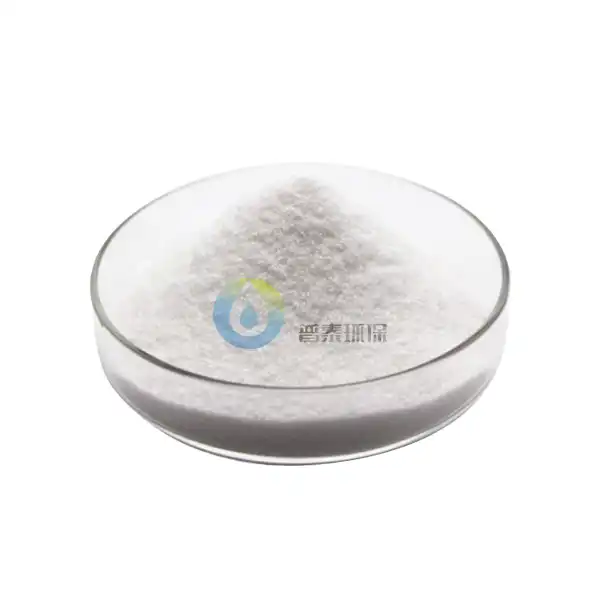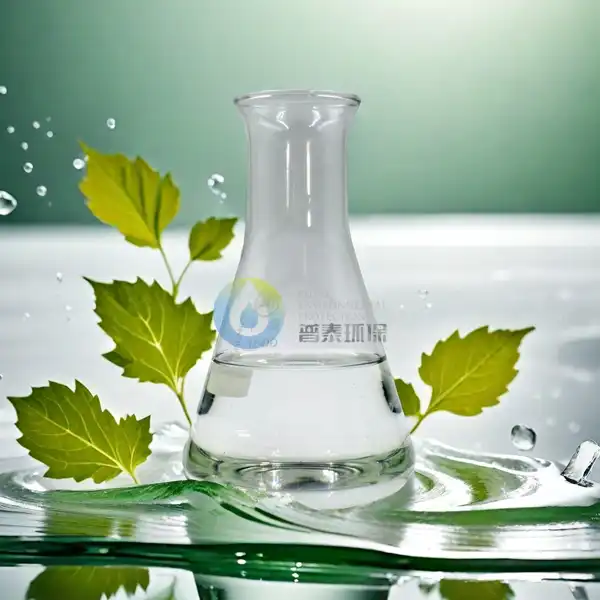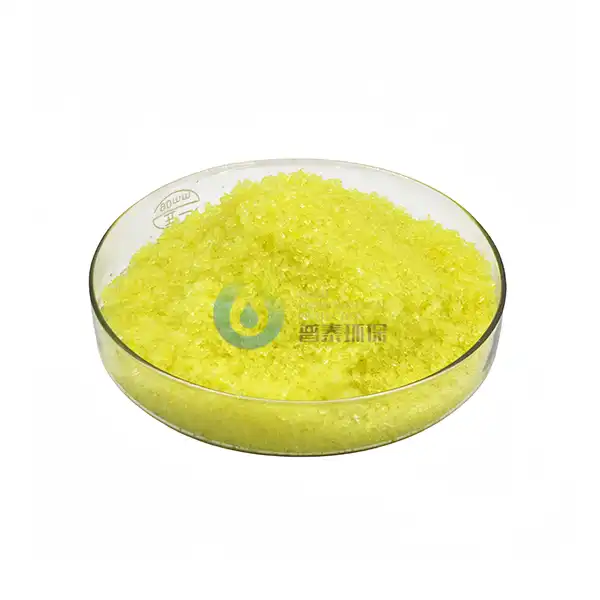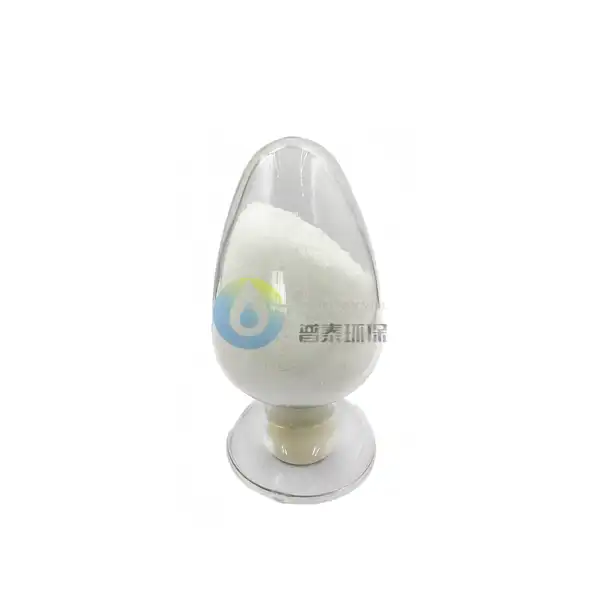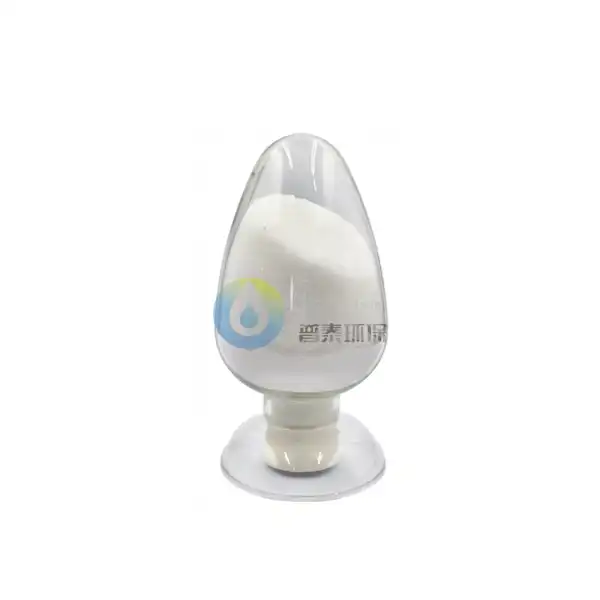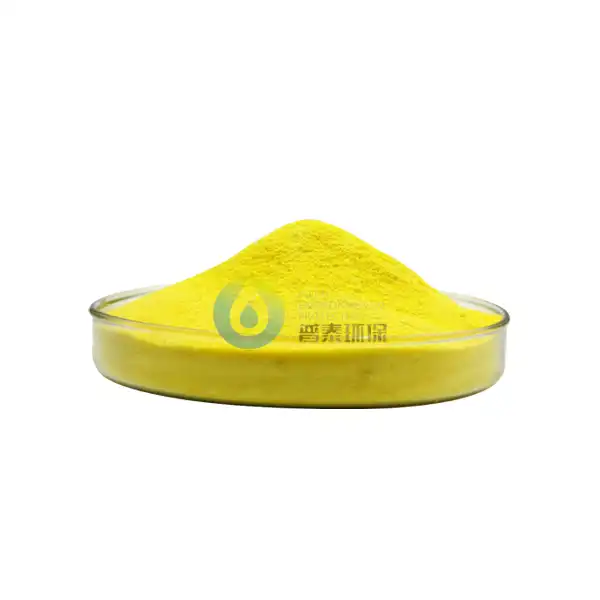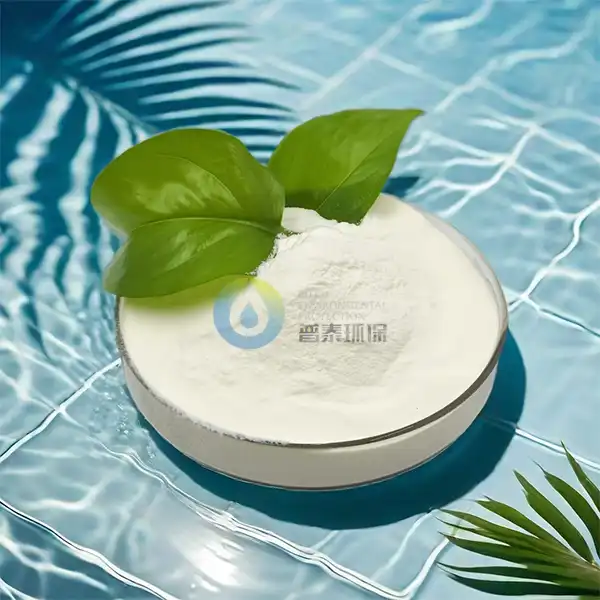How Does Drinking Grade Polyaluminum Chloride Work in Water Purification?
Water purification is a critical process that ensures safe and clean drinking water for communities worldwide. Drinking Grade Polyaluminum Chloride (PAC) has emerged as a revolutionary chemical solution that plays a crucial role in transforming contaminated water into potable resources. This innovative water treatment chemical offers a sophisticated approach to removing impurities, suspended particles, and potential harmful substances from water sources, making it an essential component in modern water treatment technologies.
What Makes Drinking Grade PAC a Superior Water Treatment Chemical?
Polyaluminum Chloride (PAC) represents a cutting-edge advancement in water treatment chemistry, distinguishing itself from traditional coagulation methods through its unique molecular structure and exceptional purification capabilities. Unlike simple aluminum-based compounds, drinking grade PAC is specifically engineered to provide superior water clarification and contaminant removal.
The fundamental mechanism of PAC revolves around its ability to neutralize and aggregate suspended particles in water through a complex electrochemical process. When introduced into water systems, PAC molecules carry a positive charge that immediately interacts with negatively charged contaminants. This interaction creates a cascading effect of particle aggregation, where microscopic impurities are systematically bound together, forming larger, more easily removable flocs.
What sets drinking grade PAC apart is its pre-polymerized structure, which provides more stable and consistent performance compared to traditional coagulants. The molecular engineering allows for faster reaction times and more efficient contaminant removal. Water treatment professionals appreciate its versatility across various water conditions, including different pH levels and temperature ranges.
The effectiveness of PAC extends beyond simple particle removal. It demonstrates remarkable capabilities in addressing multiple water quality challenges simultaneously. Heavy metals, organic compounds, bacteria, and collidal particles are efficiently trapped within the floc formation, resulting in significantly cleaner water. Municipal water treatment plants, industrial facilities, and even rural water purification systems have increasingly adopted PAC as their preferred treatment chemical.
Moreover, drinking grade PAC offers environmental advantages. Its lower dosage requirements compared to traditional coagulants mean reduced chemical consumption and minimal environmental impact. The precision of its molecular design allows for more targeted contaminant removal, which translates to less waste and more sustainable water treatment processes.
How Does the Molecular Structure of Drinking Grade PAC Enable Effective Water Purification?
The molecular architecture of drinking grade PAC is a marvel of chemical engineering, designed with meticulous precision to maximize water purification efficiency. At its core, PAC molecules possess a unique polymeric structure that fundamentally differs from conventional aluminum-based coagulants, enabling superior performance in water treatment applications.
When PAC is introduced into water systems, its pre-polymerized structure immediately begins an intricate dance of electrochemical interactions. Each PAC molecule carries multiple positively charged sites that act like microscopic magnets, attracting and neutralizing negatively charged contaminants suspended in the water. This process, known as charge neutralization, is the first critical step in the water purification mechanism.
The polymeric nature of drinking grade PAC allows for more extensive surface area coverage compared to traditional coagulants. This means fewer chemical molecules are required to achieve the same level of water purification. The molecular bridges created by PAC effectively trap and immobilize a wide range of impurities, including colloidal particles, organic matter, and potential microbial contaminants.
Scientists have extensively studied the complex mechanism of PAC's water treatment capabilities. The molecular interactions involve multiple stages of particle destabilization, aggregation, and precipitation. As PAC molecules interact with water contaminants, they create larger, denser floc structures that can be easily separated through sedimentation or filtration processes.
Temperature and pH sensitivity are significantly reduced in drinking grade PAC due to its advanced polymeric structure. Traditional coagulants often struggle with performance variations under different environmental conditions, but PAC maintains consistent effectiveness across a broader spectrum of water treatment scenarios. This reliability makes it an invaluable tool for water treatment professionals dealing with diverse water sources and challenging purification requirements.
The precision of drinking grade PAC's molecular design allows for targeted contaminant removal. Different variations of PAC can be engineered to address specific water quality challenges, whether dealing with industrial wastewater, municipal water supplies, or specialized purification needs. This adaptability represents a significant advancement in water treatment technology.
What Are the Practical Applications of Drinking Grade PAC in Water Treatment Systems?
Drinking grade Polyaluminum Chloride has revolutionized water treatment across multiple sectors, demonstrating extraordinary versatility and efficiency in various practical applications. From municipal water treatment plants to industrial facilities and specialized purification systems, PAC has become an indispensable solution for ensuring water quality and safety.
Municipal water treatment represents the most prominent application of drinking grade PAC. Urban water supply systems rely on this advanced coagulant to remove suspended particles, turbidity, and potential contaminants before water reaches consumer taps. The ability of PAC to rapidly form large, stable flocs ensures that water treatment plants can process substantial volumes of water while maintaining stringent quality standards.
Industrial sectors have also embraced PAC for complex water treatment challenges. Manufacturing facilities, particularly those in chemical processing, mining, and electronics, require precise water purification methods. Drinking grade PAC offers an ideal solution by efficiently removing heavy metals, organic compounds, and other potentially harmful substances from industrial wastewater streams.
Agricultural irrigation systems represent another critical area where PAC demonstrates its remarkable capabilities. Water used for crop irrigation must meet specific quality standards to prevent soil contamination and protect plant health. PAC's ability to remove suspended solids, reduce turbidity, and minimize potential pathogen transmission makes it an essential tool in agricultural water management.
Emerging technologies in water treatment continue to explore innovative applications for drinking grade PAC. Research is ongoing into its potential use in groundwater remediation, advanced membrane filtration processes, and even specialized environmental cleanup projects. The molecular flexibility of PAC positions it as a versatile solution for increasingly complex water purification challenges.
Xi'an Putai Environmental Protection Co., Ltd. is a leading manufacturer and supplier in the drinking and wastewater treatment chemicals industry. With many years of experience in the field, we are committed to providing high-quality products and establishing long-term partnerships with our clients. Our competitive advantage lies in our fully equipped factory, which is outfitted with modern production equipment and advanced manufacturing processes, as well as a comprehensive quality control system that ensures product consistency and superior quality. Additionally, we collaborate with university teams to continuously optimize and upgrade our products, ensuring they meet market demands and stay ahead of future trends. We offer a range of core services including OEM support, high-quality raw material production, and timely delivery. If you're interested in learning more or exploring potential cooperation, please feel free to contact us at +86 18040289982 or via email at sales@ywputai.com. We look forward to the opportunity to work with you.
References
1. World Health Organization. "Guidelines for Drinking-water Quality." Fourth Edition, 2011.
2. Kawamura, S. "Integrated Design of Water Treatment Facilities." John Wiley & Sons, 2000.
3. American Water Works Association. "Water Treatment Principles and Practices." AWWA Publications, 2018.
4. Crittenden, J.C., et al. "MWH's Water Treatment: Principles and Design." Third Edition, Wiley, 2012.
5. Droste, R.L., and Gehr, R.L. "Theory and Practice of Water and Wastewater Treatment." John Wiley & Sons, 2018.
6. Environmental Protection Agency. "Drinking Water Treatment Methods." EPA Technical Report, 2015.
7. International Water Association. "Advanced Water Treatment Technologies." IWA Publishing, 2017.
8. Journal of Water Process Engineering. "Polyaluminum Chloride in Modern Water Treatment." Volume 24, 2019.
9. Water Research Foundation. "Innovative Coagulation Techniques in Water Purification." Research Report, 2016.
10. Tchobanoglous, G., et al. "Wastewater Engineering: Treatment and Resource Recovery." McGill University Press, 2014.
